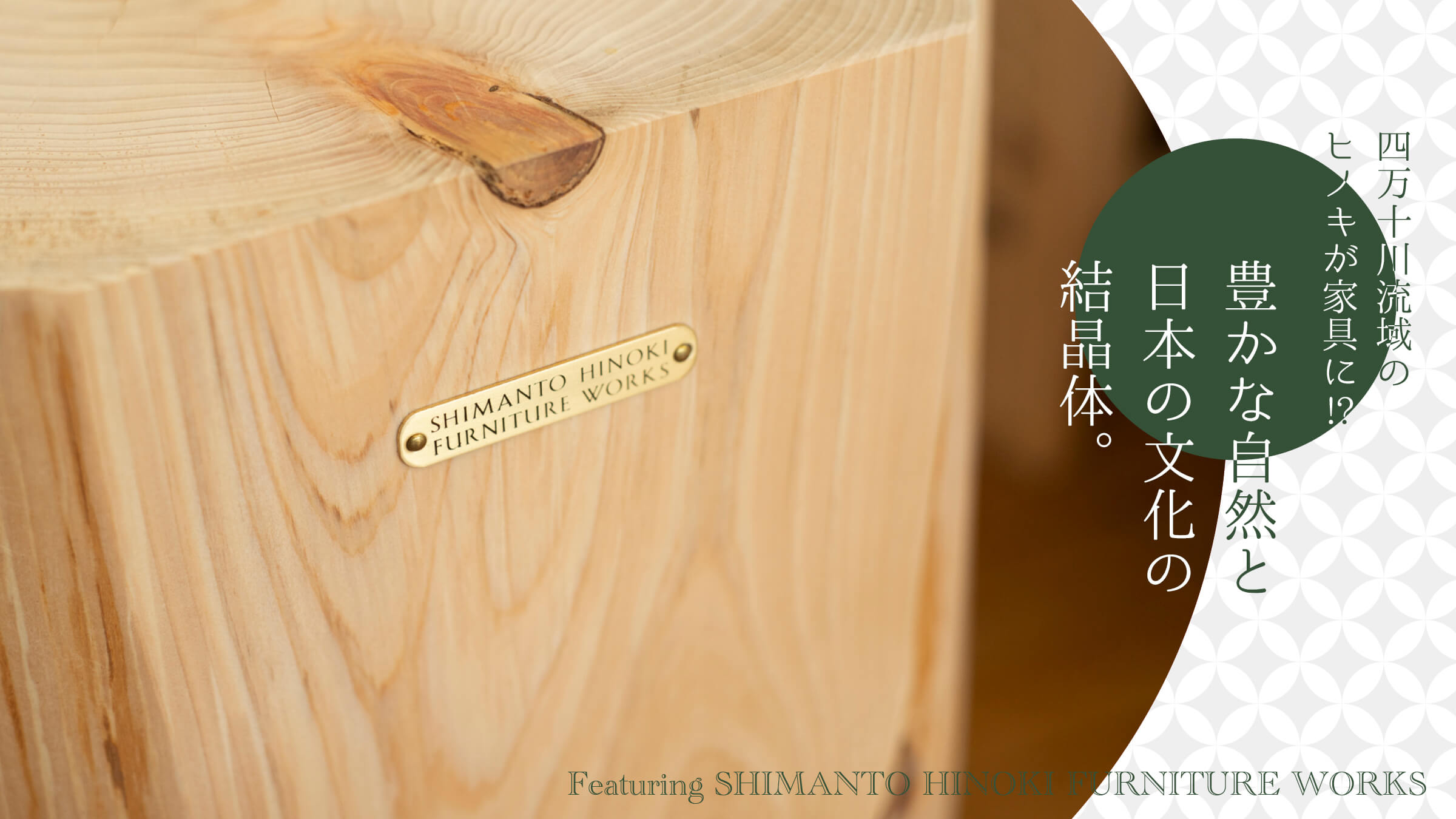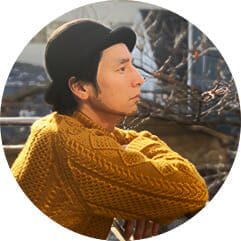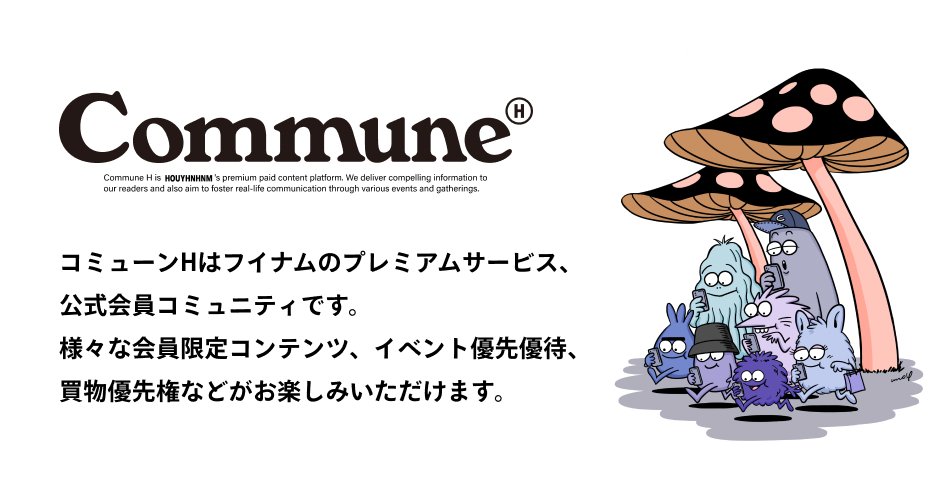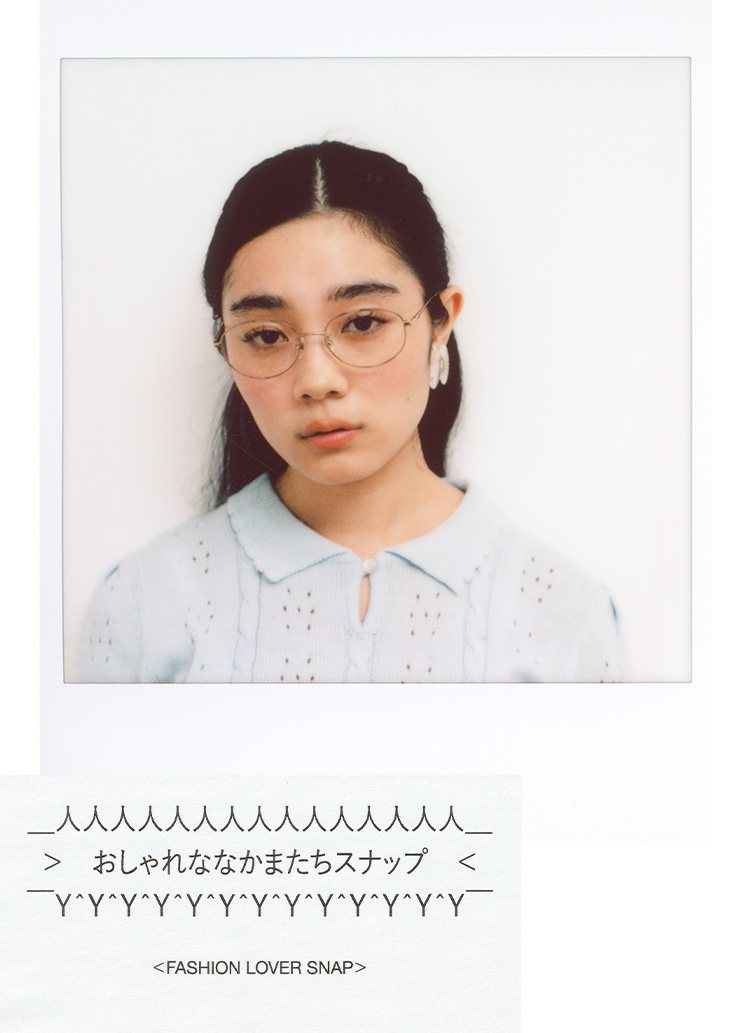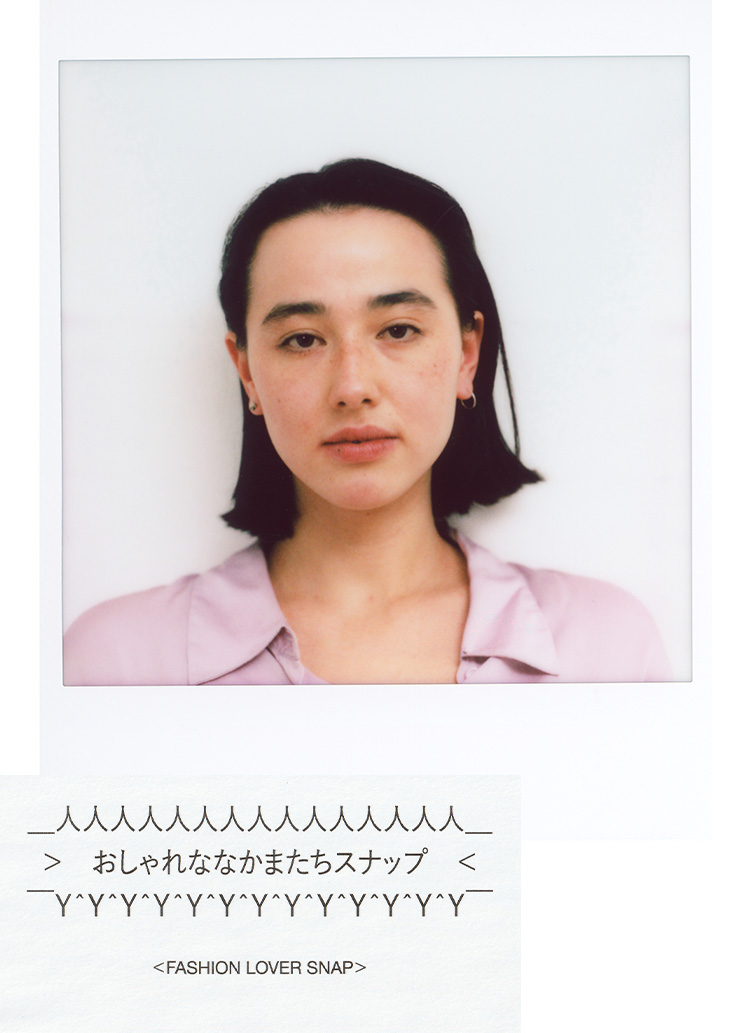
The Shimanto River. The Shimanto River is widely known throughout Japan as "the last clear stream in Japan. It is so called because no large-scale dam has been constructed on the main stream. Many people may remember the name Shimanto from a certain comedian's comic strip.
It is also one of the nation's leading sources of ayu (sweetfish), and in any case, it is a river that represents the majestic and rich nature of Kochi Prefecture. Its watershed is blessed with stable rainfall, which has led to the spread of high-quality cypress and Shimanto cypress forests.

Hinoki is a species endemic to Japan. The first thing that comes to mind when one hears the word "hinoki" is probably bathtubs and tubs. Many products seem to take advantage of its unique and beautiful fragrance. Also, we often hear its name in the recently trendy bonfire area. Hinoki, a coniferous tree, burns easily enough to be used for bonfires, and is also known as "fire wood.
The furniture brand "SHFW" was started with the hope of conveying the splendor of Japanese cypress, which has been a part of Japanese culture and lifestyle for many years.

The stage for manufacturing is here at the "Forestry Cooperative Laminated Wood Factory". As the name suggests, laminated wood is a material made by gathering trees and forming them into a shape. The wood is glued together by removing large knots, splits, and other defects and aligning the direction of the fibers parallel to each other. The factory uses a single piece of laminated wood in its manufacturing process, but "SHFW" is a completely new project that has been launched as a completely different type of wood.
This time, we were given a special tour of the factory.


Inside the factory, lumber collected from the neighborhood is stored in various forms. Most of the area of Shimanto Town, where the factory is located, is covered with forests, and forestry is an important industry with deep roots in the local community. In order to protect the surrounding Shimanto cypress forests, proper forest growth and systematic thinning are necessary, and SHFW is a project that makes effective use of thinned timber.
Thinning is done at some point during the year, but not all of it is put to good use. In some areas, it is difficult to get the timber out of the trees, so they have to be left cut.
Oddly enough, looking at such a large amount of wood, one wonders if it is safe to cut so much, but the vast mountains spread out before one's eyes to drown out such feelings in an instant, and one is reminded once again of the magnitude of nature.

I had the opportunity to talk with Kazuya Hirota, factory manager (left), and "SHFW's" brand director, "THAT'S ALL RIGHT.INC.Takeshi Umeda (right) of .
Our factory staff ranges in age from early twenties to sixties. Although there are staff with no experience, we have veteran craftsmen working in positions where skills are required. Some of our staff originally worked as carpenters and joiners," says Mr. Hirota.
SHFW is not only about me, but also about discussions with the factory staff as we plan our products. The staff and craftsmen here know the hinoki tree best, so we discuss with them what we can and cannot do, and proceed with the manufacturing process," says Umeda.


The factory is divided into several sections and is quite large . As I mentioned earlier, we primarily make laminated lumber here. The lumber comes in as logs and is "ground" into thin pieces, which are then jointed and polished into one long piece of lumber.

Because of its high strength and resistance to warping, splitting, and distortion, laminated wood is used in a variety of applications, from Japanese-style room components to large buildings such as gymnasiums and assembly halls.

. Once fixed with adhesive (width stripping).



Incidentally, this is not a product of "SHFW," but of another brand that uses laminated cypress wood. The whiteness of cypress goes well with this kind of children's furniture, and many products have been produced in the past.

After being cut to the right size, the lumber is piled up like Jenga in this container and put through the drying process. The wood must be drained of water, and if there is excess water left in the wood, it will be deformed. There is a standard moisture content, and it must be below that level. To suppress this, steam is applied at the end of the process. The black liquid seen below is the oil contained in the wood, so-called "tar.
When you hear that laminated wood is made from thinned wood, it may sound like a cheap and easy way to make laminated wood, but it is far from it. . Anyway, it is something that is made through a vast number of processes.

At SHFW, we try to use as wide a board as possible so that the texture of the laminated wood doesn't show through. This is because I feel that the pieced-together look does not fit the brand's worldview. On the other hand, in order to bring out the original texture, color, and fragrance of cypress, we keep the processing simple and the painting to a minimum. Most of the furniture on the market is dark in color, isn't it? . Most of them are made of hardwoods such as oak or oak. Of course, it is possible to color the cypress, but our theme is how to make the best use of its whitish color," says Umeda.
The following is a brief introduction to the furniture of 〈SHFW〉. . Products are named after places, bridges, and rivers in Shimanto Town.


